Catalog
Search
43 products
View:
- Selected: 0Areas of use
- Selected: 1Item names
- Selected: 0Manufacturer
- Selected: 0Made in
- Selected: 0Additional
View:
43 products

Vacuum compression shaft electric resistance furnace VS-K50-7-20
VakETO
Mosrentgen
Produced in: Moscow

Vacuum electric furnace VZG-120-15
Vacuum electric furnace with accelerated argon cooling system for heat treatment
VakETO
Mosrentgen
Produced in: Moscow
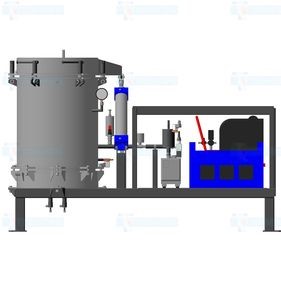
High temperature vacuum compression furnace SNVS-30/16-I6-D3
High-temperature furnaces are capable of heating materials up to 1700 degrees. The scope of their application covers the heat treatment of various materials in an inert medium or vacuum. TULA-TERM furnaces are used for heat treatment of plastics, ceramics, metals, alloys, lacquers and other materials. The equipment allows sintering, annealing, soldering, quenching, drying, burning and molding. In industry, our installations are most often used for quenching parts and sintering hard alloys.
Tula-Term
Tula
Produced in: Tula


Vacuum induction electric furnace with an antechamber VIP -20-16- F
The heating method is inducive
VakETO
Mosrentgen
Produced in: Moscow
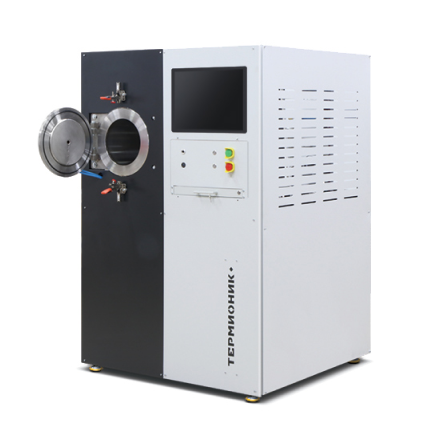
Horizontal vacuum retort furnace Terminionik T4
Termionik
Podolsk
Produced in: Moscow region, Podolsk

Vacuum electric furnace VZG-260-14
Vacuum electric furnace for heat treatment with accelerated cooling and precision soldering
VakETO
Mosrentgen
Produced in: Moscow
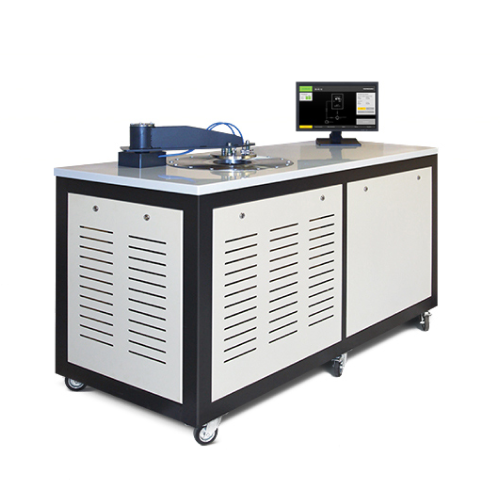
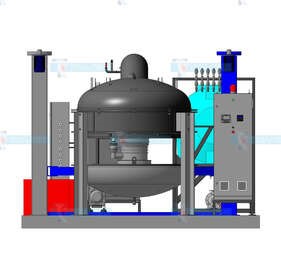
Spherical vacuum furnace with bottom loading ESQVE-13.0.3.0/9.5SHM12
Spherical type vacuum furnace with bottom loading ESQVE-13.0.3.0/9.5SHM12 is designed for heat treatment of titanium rings at temperatures up to 950 degrees and vacuum up to 1x10-3mm Hg.
Tula-Term
Tula
Produced in: Tula

Vacuum electric arc furnace for melting special materials VDP-130-7.5
Residual pressure in the furnace, millimeters of mercury 7,5*10-6
Arc heating method
VakETO
Mosrentgen
Produced in: Moscow
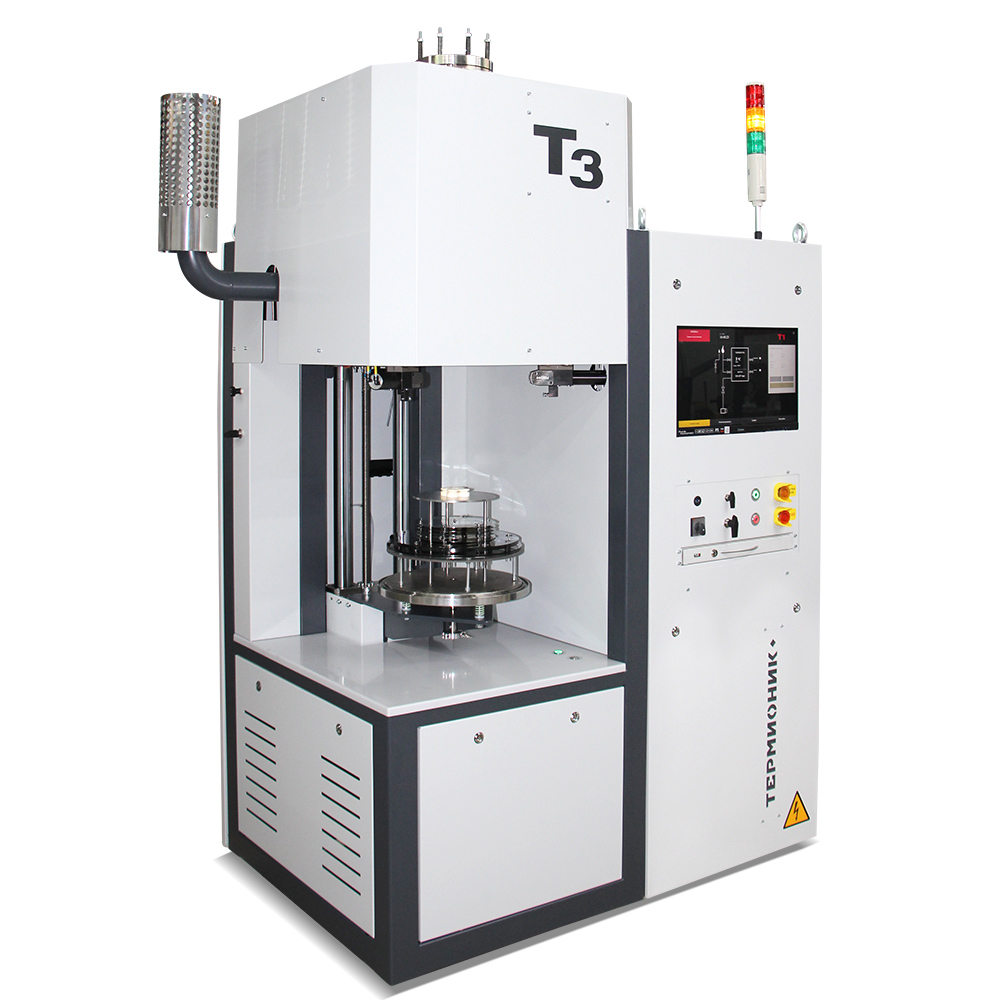
Vacuum furnace with descending hearth Terminionik T3
Termionik
Podolsk
Produced in: Moscow region, Podolsk

Vacuum distillation electric furnace of resistance VD-300-16
Distillation by the aluminothermic method
VakETO
Mosrentgen
Produced in: Moscow
